The website of the Palace Museum has released more than 300 paintings and 50,000 cultural relics of the imperial collections since Tuesday. The museum has been dedicated to building its digital museum over the years. As part of its dedication, the museum launched seven digital products at Tuesday’s press conference, including digital gallery of antiquities and digital library of heritages. They are either new upgrades, or new entries.
Wang Xudong, curator of the Palace Museum, said at the press conference that “we are in a new digital era and society is undergoing a wide and profound digital transformation. Information technology is applied to various fields, and museums are faced with unprecedented opportunities and challenges. Building a digital museum is becoming increasingly important. The digital products are a concentrated report of the museum's ongoing exploration of digital information technology over the past two decades”.
Upgrade on existing column
The digital art gallery mainly displays the museum’s collection of famous ancient paintings in high-definition large-scale format, along with multimedia guides.
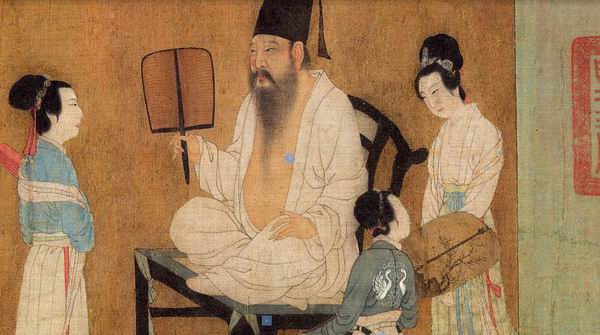
(Screenshots via official website of the Palace Museum)
The infinite zoom function enables visitors to see the strokes of the painting in detail and even the texture of the paper and silk. It also includes cultural connotations of royal collections and presents related academic research and findings.
This revision attaches more importance to the user experience. The audience not only accesses the museum in a larger, more refined and more detailed way, but also establishes their own "private art gallery" by the choice of labeling and adding to collection.
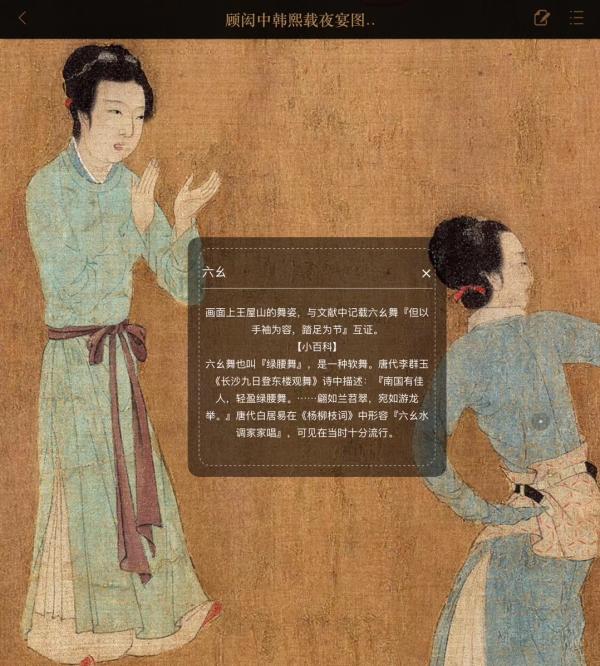
The museum said this section will be updated every month with more than 50 new paintings, and the ultimate goal is to put all the paintings of the museum online.
Newly launched columns
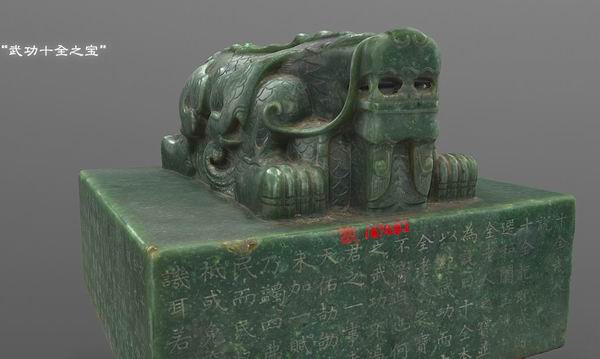
The digital gallery on antiquities, one of the newly launched columns, uses high-precision 3D data to display the full picture and details of cultural relics. The audience can "touch" the cultural relics and interact with them.
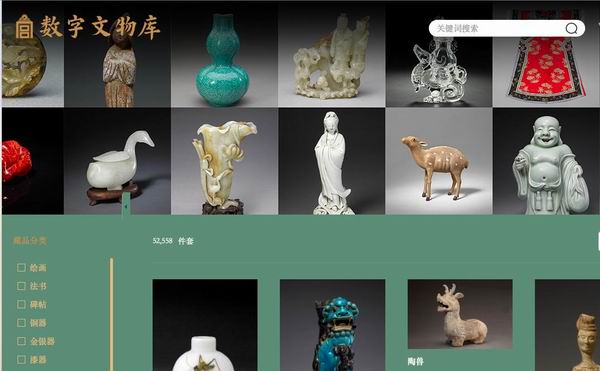
The other new column is the digital library on antiquities. To activate the value of digital cultural relics by expanding their resources, the museum chose to release the first batch of 50,000 pieces of c high-definition images online. People can directly click on the type or name of the cultural relics to access its individual page, which shows the number, classification, age and other information about the specific cultural relics.
Immersive Experience of the Palace Museum
The museum also launched three products associated with “digital architecture”.
The new version of the "Panorama Palace" on its website covers all the open areas of the Forbidden City. Adjusting to VR mode, people can have an immersive experience inside the historical site. The "Panorama Palace” will record the Forbidden City in different seasons, weather and time in the next upgrade.
To promote a deeper understanding of the ancient architecture of the Forbidden City, “Forbidden City 600", the Museum's first app on the theme of “architectural culture", is also online. Bringing together a large number of Palace experts’ research, the app helps users explore the story behind the architecture. It also serves as a gift to celebrate the 600th birthday of the Forbidden City.
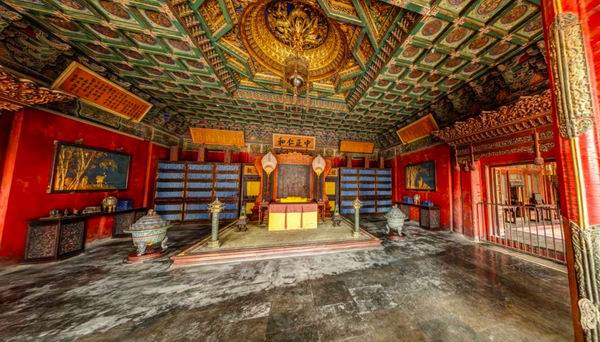
Finally, there is "The Forbidden City: Pocket Palace Maker”, the museum's first architecture-themed WeChat program. The ridge beasts on the eaves of the Forbidden City are turned into a lovely "Forbidden City construction team". Taking advantage of this easy and interesting game, the program aims to arouse more young people to cultural heritage, to understand architecture culture, and to have a passion for protecting Chinese civilization.
In recent years, the demand for cultural tourism and museum tourism has expanded. Following the trend of cultural and tourism integration, people have been at the core of the museum's service. Providing better digital cultural services has become one of the missions of the "Digital Palace Museum".
In the future, the "Digital Palace Museum" will continue to explore how to better apply artificial intelligence technology in museums, and to provide people with personalized, customized, and intelligent services.
(Compiled by He Jieqiong)


